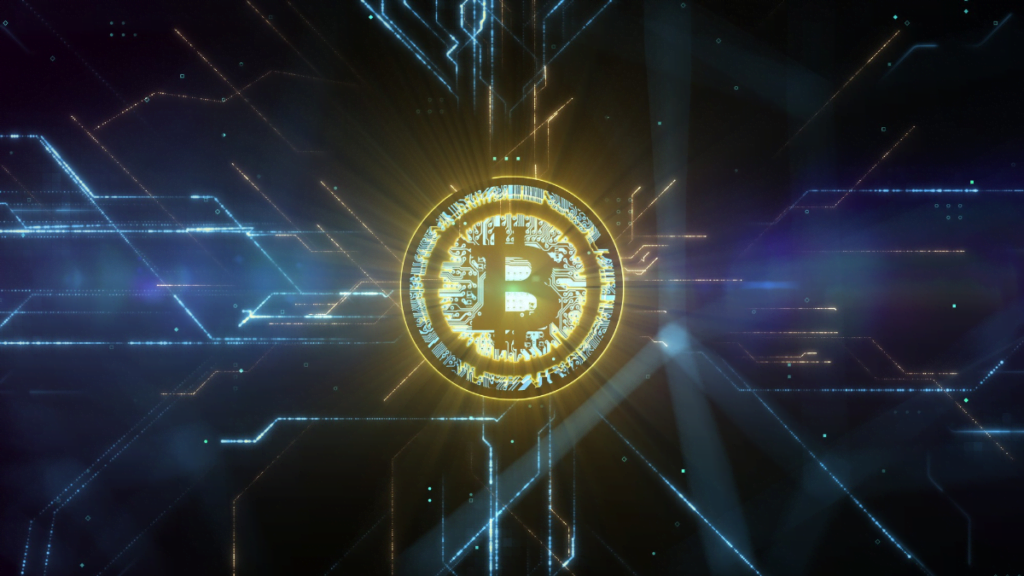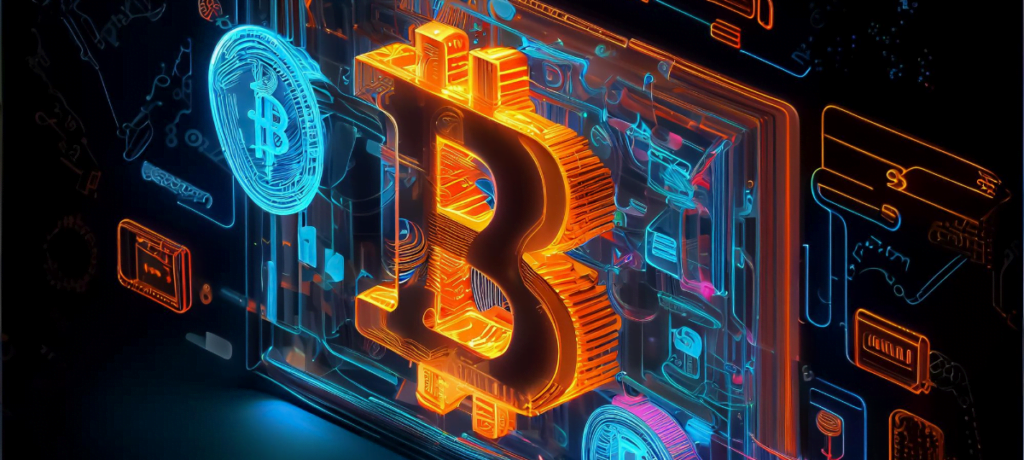As a crypto enthusiast, you might have noticed a recent surge in Bitcoin transaction fees. This spike, which has seen fees reach approximately $19, is largely due to the rise of Bitcoin NFTs facilitated by the Ordinals protocol. What we’re witnessing is a significant shift in the use of Bitcoin’s blockchain.
The Rise of Bitcoin NFTs and Its Impact
Bitcoin NFTs have stormed into the digital world, creating waves of excitement and curiosity. Some of these NFTs have even sold for over $214,000, a testament to their popularity. Ordinals have brought an NFT-like capability to Bitcoin, sparking enormous hype and a significant demand for Bitcoin’s block space.
This increased demand has led to a corresponding rise in transaction fees. We’ve even seen evidence of this in the Binance incident, where the crypto exchange had to pause withdrawals for almost two hours due to network congestion.
The Expanding BRC-20 Standard
The Bitcoin blockchain is teeming with inscriptions. As of now, there are more than 4.6 million inscriptions. This level of activity on the Bitcoin network signifies a thriving community and robust engagement.
The BRC-20 standard, a new standard for minting this kind of digital artifact, is further testament to the growing use of Bitcoin’s block space.

The rise in Bitcoin NFTs and transaction fees isn’t just transforming the NFT landscape; it’s also impacting Bitcoin miners. According to Charlie Spears, Strategy Lead of OrdinalHub, even miners who aren’t NFT enthusiasts are benefiting from the surge in transaction fees. In fact, Ordinals have generated over $21 million in fees.
The Upcoming Bitcoin Halving
For those of us closely following Bitcoin, we know that the next halving is anticipated to occur in 2024. This event will cut miners’ block reward by 50%, making it more difficult to mine Bitcoin as the total supply approaches the protocol limit of 21 million.
As transaction fees have exceeded the regular mining subsidy, the upcoming halving will present an interesting dynamic for miners and the entire Bitcoin ecosystem.
Criticisms of Ordinals and Network Congestion
Of course, with every new development, there’s a counterpoint. Critics argue that Bitcoin should not be a tool for distributing and recording digital art pieces.
The rise in transaction fees and longer confirmation wait times have indeed made it harder to use Bitcoin for small transactions.
These issues have had real-world implications, especially in places like El Salvador where high fees have reportedly made the Chivo ATM system almost unusable for average Salvadoran people.

What the future holds?
As an NFT enthusiast, the rising popularity of Bitcoin NFTs and the resultant increase in transaction fees is a fascinating development to watch.
The growing pains in terms of rising transaction fees and network congestion are undeniable, but they also reflect a network being stress-tested and pushed to evolve.
On the miner’s side, the surge in fees is a boon. It’s a positive side effect that could become increasingly crucial, especially with the next Bitcoin halving on the horizon. It’s an incentive that might just provide the necessary balance when the block rewards reduce, keeping the mining ecosystem healthy and robust.
As we navigate this new chapter, it’s important to remember that technology and progress are about adaptation. Bitcoin, like any other technology, must adapt and evolve. The advent of NFTs is a part of this evolution.
So, as we stand on the cusp of this exciting new era, the rise of Bitcoin NFTs should be seen for what it truly is: not a challenge, but an opportunity. An opportunity for Bitcoin to grow, to diversify, and to solidify its place in the digital world.
And for us NFT enthusiasts, it’s just the beginning of a thrilling journey. As we delve deeper into the world of Bitcoin NFTs, who knows what the future holds? But one thing is certain: Bitcoin NFTs have opened up a world of possibilities.
Author

Gaming innovator with a zest for exploring the potential of blockchain in fostering community-driven platforms.




